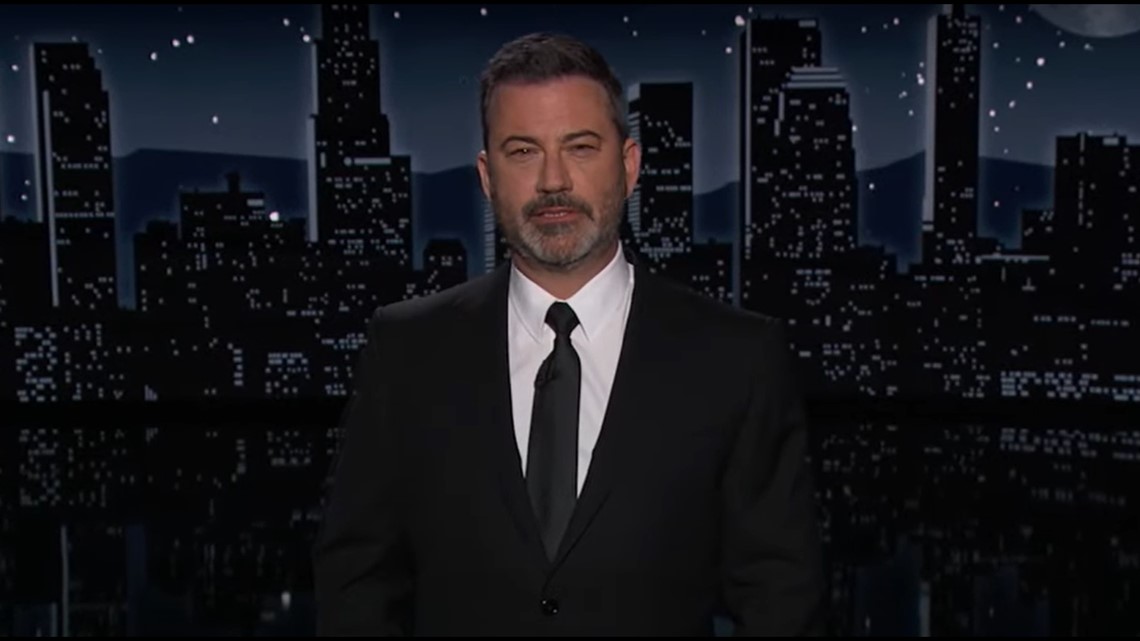Senate Commerce Committee Approves SHVIA Legislation
Last week the Senate Commerce, Science and Transportation Committee approved the Satellite Home Viewer Extension and Rural Consumer Access to Digital Television Act of 2004. The Commerce Committee's news release listed the key items in the bill, including the requirement for a single dish per market for local-into-local TV channels, but left out one item that many broadcasters, especially those in rural areas or operating Class A or LPTV stations, will appreciate.
The bill states "Within 6 months after the date of enactment of this Act, the Federal Communications Commission shall complete its rulemaking entitled ''Amendments to Parts 73 and 74 of the Commission's rules to Establish Rules for Digital Low Power Television, Television Translator, and Television Booster Stations and to Amend Rules for Digital Class A Television Stations,''
The key items listed in the Commerce Committee's news release said the bill does the following:
* Requires the phase out of a two-dish system used by satellite providers to supply consumers all local broadcast stations in a market;
* Direct the FCC to develop a method for identifying unserved digital households within two years;
* Extend and expand good faith bargaining obligations from January 2006 to January 2010.
While the bill limits satellite providers to one dish for local analog stations, they are allowed to use a different satellite (and dish) for digital stations, so conceivably a viewer could still need up to three dishes to receive all programming -- one for non-broadcast cable programming, one for local analog TV stations and one for local digital TV stations. The bill sets guidelines and timetables for transitioning a viewer from distant network signals to local stations should the local station extend coverage to the viewer. For the purpose of must-carry and distant signal restrictions, the bill makes no distinction between licensed DTV stations and those operating under special temporary authority (STA), although of course if the STA is for operation at reduced power there may be more locations determined to be "unserved" by the station using the method the FCC was directed to develop.
The bill gives the FCC two years after the Satellite Home Viewer Extension and Rural Consumer Access to Digital Television Act of 2004 is enacted to conclude a proceeding
A. to determine the appropriate signal standard for determining eligibility for retransmissions of the digital signals of network stations;
B. to develop and prescribe by rule a point-to-point predictive model for reliably and presumptively determining the ability of individual locations to receive digital signals in accordance with the signal standard determined under subparagraph (A), and in prescribing that model, the Commission shall:
i. Ensure that it takes into account terrain, building structures, and other land cover variations;
ii. Establish procedures for the continued refinement in the application of the model by the use of additional data as it becomes available; and
iii. Provide that any network station that would be expected to serve a household but is not serving that household due to noneconomic circumstances beyond its control will be deemed to be serving such a household; and
C.to establish appropriate waiver and objective verification procedures, similar to the procedures under paragraphs (2) and (4) of subsection (c), to apply to unserved digital household determinations made pursuant to the model.
"The Senate Commerce Committee's action today is an important step in reauthorizing SHVIA which expires at the end of this Congress," said NAB President and CEO Eddie Fritts. "Our goal is to ensure consumer access to local television stations that provide news and lifeline information to local audiences. We reject the notion that viewers might be better-served by distant out-of-market stations. We applaud the bill's recognition that EchoStar's discriminatory two-dish policy must end and look forward to working with Congress to complete the SHVIA reauthorization legislation."
Refer to the Satellite Home Viewer Extension and Rural Consumer Access to Digital Television Act of 2004 for details on how the DTV distant signal rules will be applied and other changes to the SHVIA.
The professional video industry's #1 source for news, trends and product and tech information. Sign up below.
